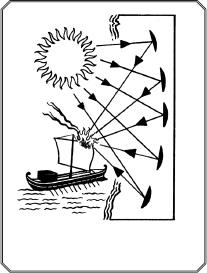
From the earliest days of agriculture, about 10,000 years ago, humankind has faced the problem of how to control pests that attack crops. The first records we have of pesticide use come from the ancient Sumerians, who used sulphur to address insect infestations. The Chinese used combinations of mercury and arsenic compounds for protection against body lice. By the time of the early Romans and Greeks, we have an increasing range of evidence of different methods that were used. Some of these were magical or folk myths, but there were also some methods that we would recognize today. Smoke, from burning straw or animal matter, was used to control mildew, blight and insects. Sticky substances such as tar were used to entrap insects crawling up stems and trunks. Salt was used to attack weeds, while plant material such as pyrethrum daisies was powdered and used to protect grain stores. And there is a multitude of other records of protective seed coatings, herbicides and rodenticides that were made from chemicals and minerals that could be prepared from native soils, vegetation and wildlife, many of which appear to have been in use for centuries before the classical period.
